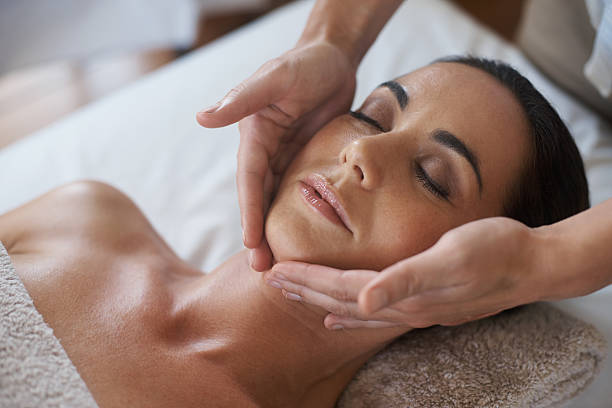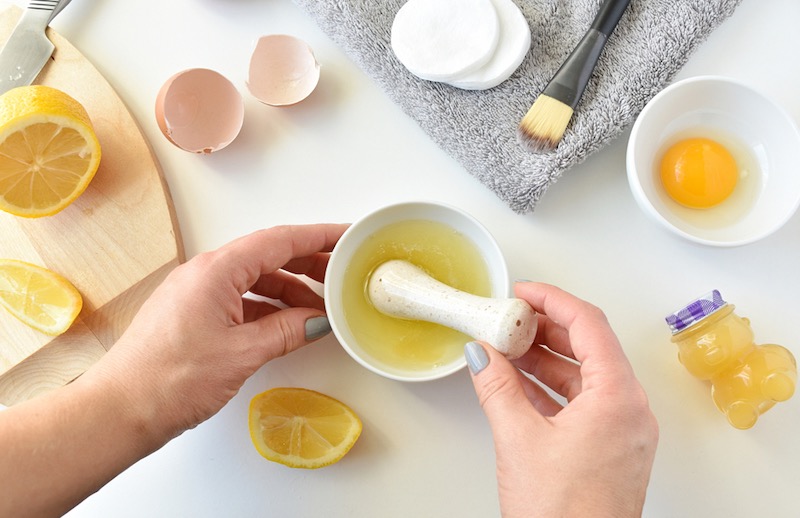Imagine a treatment that tackles uneven skin tone, minimizes wrinkles, and reduces redness – all with minimal downtime. Get your photo facial treatment, a powerhouse solution gaining popularity for its rejuvenating effects. Let’s explore the types, side-effects, and surprising benefits of Photo Facial Treatment you must know. The below information is purely written and curated by the best skin specialist in Jaipur, Dr Venkatesh Purohit. What is Photo Facial Treatment? Photo facial, also known as Intense Pulsed Light (IPL) treatment, utilizes bursts of broad-spectrum light to target imperfections in the skin. These pulses penetrate the deeper layers, stimulating collagen production and reducing the appearance of various concerns. It aims to give your skin a gentle wake-up call, encouraging it to repair and revitalize itself. Types of Photo Facial Treatment How does Photo Facial Treatment Work? Photo facial light targets specific chromophores within the skin, like melanin (pigment) and hemoglobin (blood vessels). The targeted energy heats these chromophores, causing them to break down or constrict, depending on the concern. This triggers a fall in healing responses, stimulating collagen production, reducing inflammation, and improving overall skin health. 4 Surprising Benefits of Photo Facial Treatment Beyond the expected improvements, photo facials offer some hidden benefits: Precautions to take after Photo Facial Potential Side Effects After Photo Facial Done While Photo Facial Treatment is generally safe, But some temporary side effects may occur: By understanding the potential side effects and practicing proper aftercare, you can maximize your photo-facial results and minimize discomfort. Conclusion Photo facial treatments offer a safe and effective way to achieve a smoother, brighter, and rejuvenated complexion. Embrace the light and witness the transformation with the surprising benefits of Photo Facial Treatment. Remember, consultation with a board-certified dermatologist is crucial before undergoing any treatment. They can assess your skin, advise on the most suitable photo facial type, and address any concerns you may have.
5 Natural and Effective Ways to Get Rid of Blackheads
Blackheads, those annoying little dark spots that appear on our skin, can be a common concern for many. While there are numerous products on the market promising a quick fix, natural remedies can often be just as effective without the harsh chemicals. In this blog post, we’ll explore five natural and effective ways to get rid of blackheads under the expert guidance of Dr Venkatesh Purohit, the best skin specialist in Jaipur, Rajasthan. 5 Ways to Get Rid of Blackheads One of the simplest and most effective ways to unclog pores and eliminate blackheads is through facial steaming. Boil some water and pour it into a bowl. Allow the steam to open up your pores by placing your face over the bowl and draping a towel over your head to trap the steam. This process helps soften blackheads, making them easier to remove. Follow up with a gentle exfoliation to slough away dead skin cells. Honey and cinnamon are both known for their antibacterial and anti-inflammatory properties, making them a powerful duo in the fight against blackheads. Create a paste by mixing one tablespoon of honey with half a teaspoon of cinnamon powder. Apply the mixture to your face and leave it on for 15-20 minutes. The antimicrobial properties of honey helps cleanse the skin, while cinnamon works to unclog pores. Rinse off with warm water for smoother, blackhead-free skin. Clay masks are excellent for absorbing excess oil and impurities from the skin, making them a valuable tool in blackhead removal. Bentonite or kaolin clay are popular choices. Mix the clay with water or apple cider vinegar to create a paste and apply it evenly to your face. Allow it to dry completely before rinsing it off. Regular use of clay masks can help control oil production and prevent the formation of blackheads. Tea tree oil is renowned for its antibacterial properties, making it an effective natural remedy for blackheads. Dilute a few drops of tea tree oil with a carrier oil like jojoba or coconut oil. Apply the mixture to the affected areas using a cotton swab. Tea tree oil not only helps to unclog pores but also reduces inflammation, promoting clearer skin. Remember to perform a patch test before applying tea tree oil to your face to ensure you don’t have an adverse reaction. Also Read:- Top 10 Skin Specialists in Jaipur Regular exfoliation is crucial for preventing and treating blackheads. Use a gentle exfoliating scrub or make your own by mixing sugar with honey. Massage the scrub onto damp skin in circular motions, focusing on areas prone to blackheads. Exfoliation helps remove dead skin cells, preventing them from clogging pores and contributing to blackhead formation. However, be cautious not to over-exfoliate, as this can irritate the skin and exacerbate the problem. Conclusion Achieving clear, blackhead-free skin doesn’t always require harsh chemicals or expensive products. By incorporating these natural and precise methods into your skincare routine, you can say goodbye to blackheads and hello to a healthier, more radiant complexion. Consistency is key, so make these practices a regular part of your skincare regimen for the best results.
PRP Therapy vs Hair Transplant: Which is better?
For individuals going through hair loss, the search for effective solutions often leads to a crossroads between PRP (Platelet-Rich Plasma) Therapy and Hair Transplants. Both methods aim to restore hair and boost confidence, but they differ significantly in their approach and outcomes. In this article, we’ll explore the differences between PRP Therapy and Hair Transplants, curated by the expert skin specialist in Jaipur, helping you make an informed decision on the best course for your hair restoration journey. PRP Therapy PRP Therapy is a non-surgical treatment that utilizes the patient’s blood to stimulate hair growth. The process involves drawing a small amount of blood, processing it to concentrate the platelets, and then injecting the PRP into the scalp. Hair Transplant A Hair Transplant, on the other hand, is a surgical procedure that involves the extraction of hair follicles from a donor site (typically the back or sides of the scalp) and implanting them into areas with thinning or no hair. Differences between PRP Therapy and Hair Transplant Aspect PRP Therapy Hair Transplant Nature of Procedure Non-surgical Surgical Source of Hair Stimulates existing hair follicles For longer recovery, stitches may be involved Invasiveness Non-invasive Invasive Downtime Minimal downtime, often no recovery period It can slow down hair loss and promote regrowth Effectiveness Can slow down hair loss and promote regrowth Permanent, provides a fuller, natural look Number of Sessions Multiple sessions may be required for results Usually a one-time procedure Cost INR 4,000 – INR 20,000 INR 20,000 – INR 2,00,000 Also Read:- Winter skincare routine for glowing skin Choosing the Right Option Conclusion Ultimately, the choice between PRP Therapy and a Hair Transplant depends on your individual preferences, the stage of hair loss, and your budget. While PRP Therapy is a non-surgical option that can slow down hair loss and promote regrowth, a Hair Transplant offers a permanent solution with a fuller, natural look. Consulting with a qualified dermatologist in Jaipur can help you make an informed decision based on your needs and goals.




